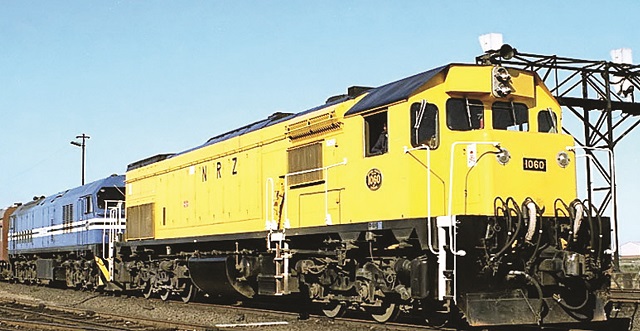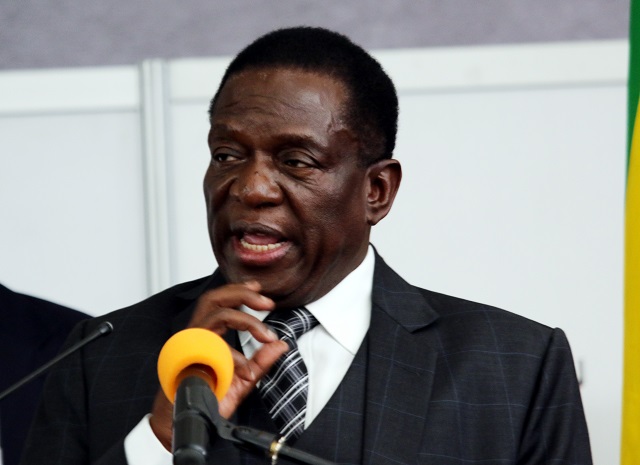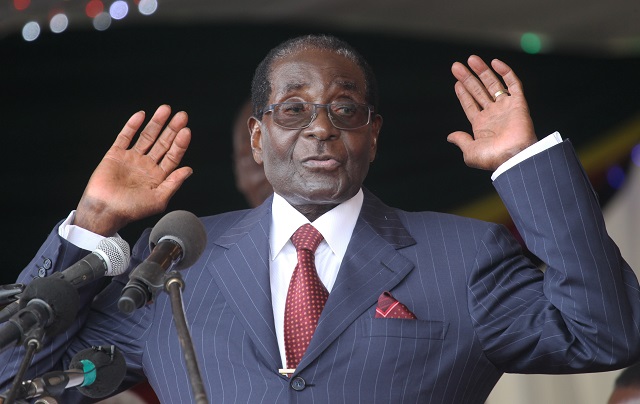NRZ on track: Increase in freight volumes set to achieve 14.3pc target rise

Oliver Kazunga, Senior Business Reporter
THE National Railways of Zimbabwe (NRZ) is on track to achieving this year’s targeted 14.3 percent increase in freight volumes to 3.2 million tonnes up from 2.8 million tonnes in 2016.
NRZ general manager Engineer Lewis Mukwada revealed this during a strategic planning workshop in Bulawayo last week organised by the Ministry of Transport and Infrastructural Development.
At its peak in the late 1990s, NRZ moved 18 million tonnes of cargo annually.
The parastatal’s performance has over the years largely been adversely affected by the prevailing macro-economic environment.
The obtaining operating environment has also seen NRZ’s traditional customers such as Hwange Colliery Company Limited (HCCL) facing viability concerns and this has also affected the rail utility’s viability.
Eng Mukwada told delegates at the strategic planning workshop that freight volumes at NRZ were improving on the back of chrome ore transportation from the Great Dyke and coal from HCCL.
Last month, NRZ, Zimasco and CFM of Mozambique entered into an arrangement that will see the country’s rail company moving about one million tonnes of chrome annually from the Great Dyke to the ports of Beira and Maputo along the Mozambican rail network.
“We are projecting to move between 3.1 million tonnes and 3.2 million tonnes in 2017 compared to about 2.8 million tonnes in 2016,” he said.
In the first quarter of 2016, NRZ moved 371 tonnes while during the same period this year the railways’ firm transported 470 tonnes.
In the second quarter this year, the parastatal moved 740 tonnes up from 473 tonnes during the comparable period in 2016.
“In the third quarter of 2016, we moved 973 tonnes and here we were boosted by the maize as we went through April when we started importing the maize under the drought relief programme. And that carried us right up to the end of the year.
“But as we came on into the new year (2017), the good rains and the harvest that we had, meant that the drought relief programme ended prematurely.
“Our volumes came down and then started picking up again mainly on the back of chrome ore and also interventions that were made for Hwange (HCCL) scheme of arrangement where they were able to access working capital and this has seen us realising greater loads in terms of volumes from Hwange,” said Eng Mukwada.
In June this year, HCCL monthly output rose by over 35 percent to 230 000 tonnes from 170 000 tonnes the previous month driven by productivity and efficiency improvement strategy as well as the successful implementation of the scheme of arrangement with its creditors.
Following the above initiatives, the colliery now targets a monthly output ranging between 400 000 tonnes and 450 000 tonnes.
Before embarking on the productivity and efficiency improvement strategy and the implementation of the scheme, coal output at Hwange had plummeted to about 30 000 tonnes per month.
Eng Mukwada said despite the anticipated significant freight volumes in 2017 compared to last year, NRZ freight revenue during the period under review was expected to be suppressed.
“While we have significant freight volumes in 2017 compared to 2016, the improvement in terms of the revenue is suppressed because we have had to reduce our rates significantly from an average of about 8 cents per tonne-kilometre to about 6.5 cents per tonne-kilometre against stiff road competition.
“This also meant we had to reduce our cost structures significantly to maintain profitability,” he said.
NRZ, which recently struck a $400 million recapitalisation deal with DIDG/Transnet obtained Cabinet approval on October 16, 2017 to negotiate with the investor before final approval by the Government.
It is hoped that the two partners will reach financial closure for the $400 million NRZ recapitalisation deal by mid next year.
The parastatal requires about $400 million to embark on a rehabilitation programme which involves renewal of plant, equipment, rolling stock, track signaling and telecommunications infrastructure and supporting information technology systems. — @okazunga











Comments